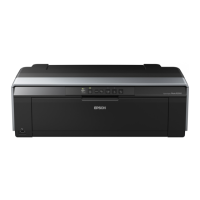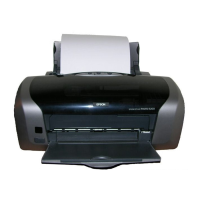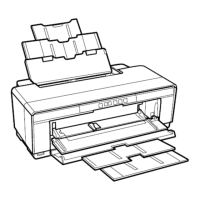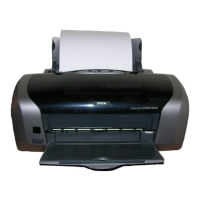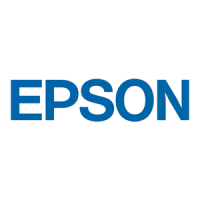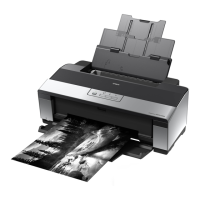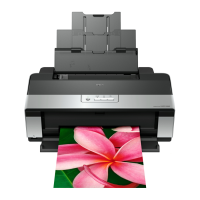EPSON Stylus Photo R1900/R2880/R2000/R2000s/SC-P400 Series Revision I
Adjustment Adjustment 155
5.2.4 Colorimetric Calibration
This calibration is performed to compensate the ink discharge amount when the
following parts are replaced:
Print Head
Main Board
PS Board
The following tools are used for this adjustment:
Archival Matte Paper/Enhanced Matte Paper (A4 or letter-size):
1 sheet (for printing Calibration Chart)
Plain paper (A4 or letter-size): 1 sheet (for checking the nozzles)
PC (OS: Windows XP/Me/2000/98)
The following drivers must be installed on the PC:
•
Printer Driver for the model to be adjusted
•
USB Driver for the Calibrator
Calibrator (GretagMacbeth Eye-One with a UV filter)
•
Scanning ruler (supplied with the Calibrator)
•
Calibration plate that contains a white reference tile
(Calibrator accessory)
Colorimetric Calibration Tool (program)
Black paper (A4 size or larger) (A paper printed in solid black can also be
used.)
Figure 5-19. The Calibrator and the Accessories
5.2.4.1 Overview of the Colorimetric Calibration
Purpose
Measuring the color of the ink discharge amount information and registering/
controlling this information improves calibration accuracy and ensures consistent
color quality.
To reduce unit-to-unit and mode-to-mode variations in color.
To improve the accuracy of the Ink Counter.
The Color ID can improve the Ink Counter accuracy, which reduces the
running cost of ink.
Colorimetric Calibration Technology
The Principle
The ink discharge amount characteristic of a printer is measured by measuring
color difference (L*a*b*) of a printed chart with a calibrator. Created Color
ID information based on the obtained L*a*b values is stored on the printer.
When printing, the printer sends the Color ID to the printer driver to
compensate the number of ink droplets (dot generation rate) for each of nine
1
different sized droplets of each color. This method allows mass-produced
printers to provide consistent print quality reducing unit-to-unit variation.
Example: Compensation of Ink Amount Ejected from a Print Head
(dot generation rate)
•
When the standard printer generates ten dots.
If the ink discharge amount is insufficient by 10%, this is compensated by
generating 11 dots.
Note 1: Three different sized droplets (small, medium, large) for each of three
waveforms (VSD1, 2, 3)
Head ID
In the conventional color calibration with a Head ID, the print head
characteristics (weight of discharged ink) are measured and compensated. The
following shows the correlation between conventional Head ID adjustment
and Colorimetric Calibration.
Calibrator Scanning Ruler
White
Reference
Tile
Calibration Plate
As color measurement is performed with the fully assembled
product, the electrical characteristics which are unique to each
Main/Power Board are also compensated in addition to the Print
Head.

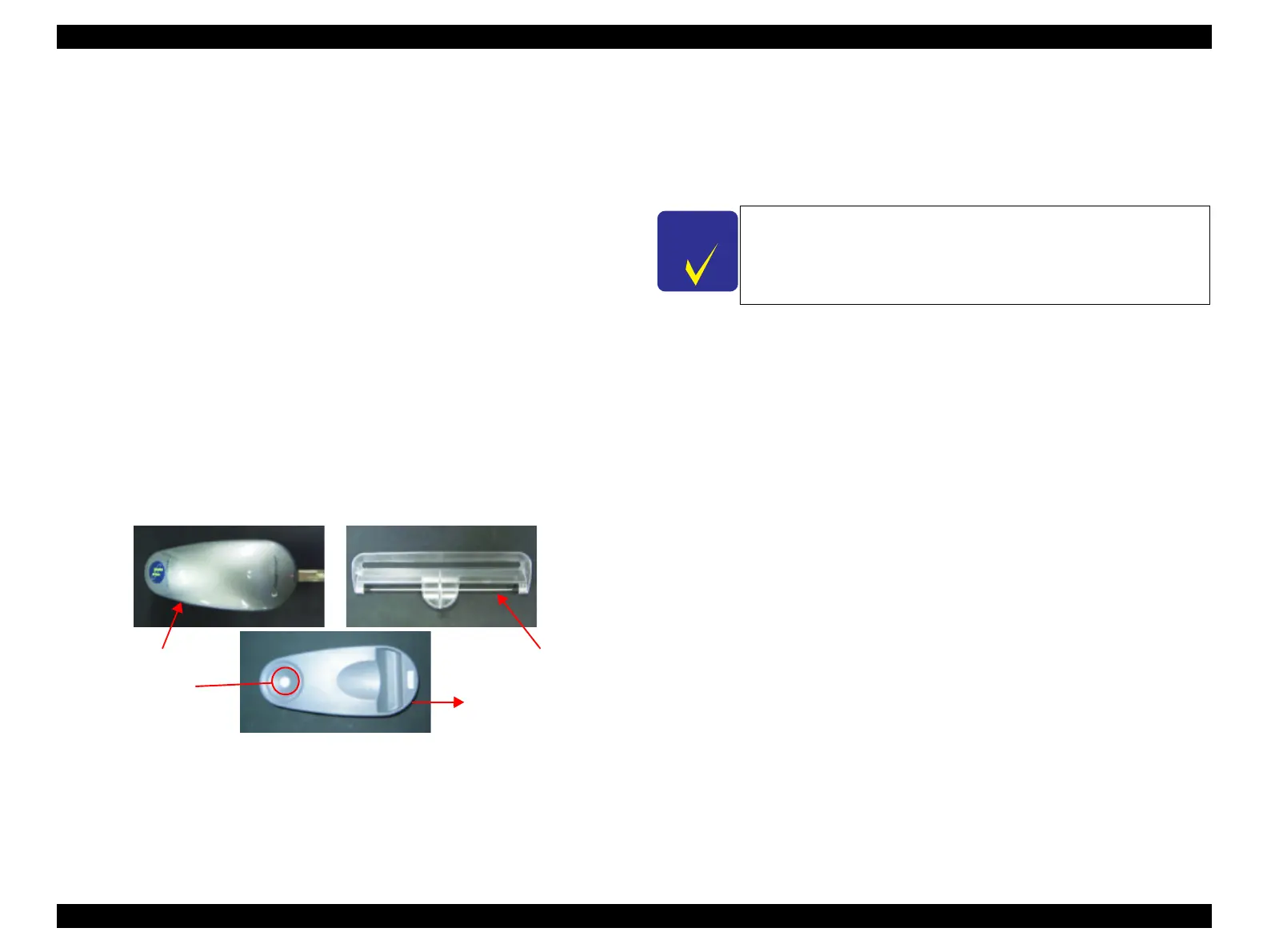